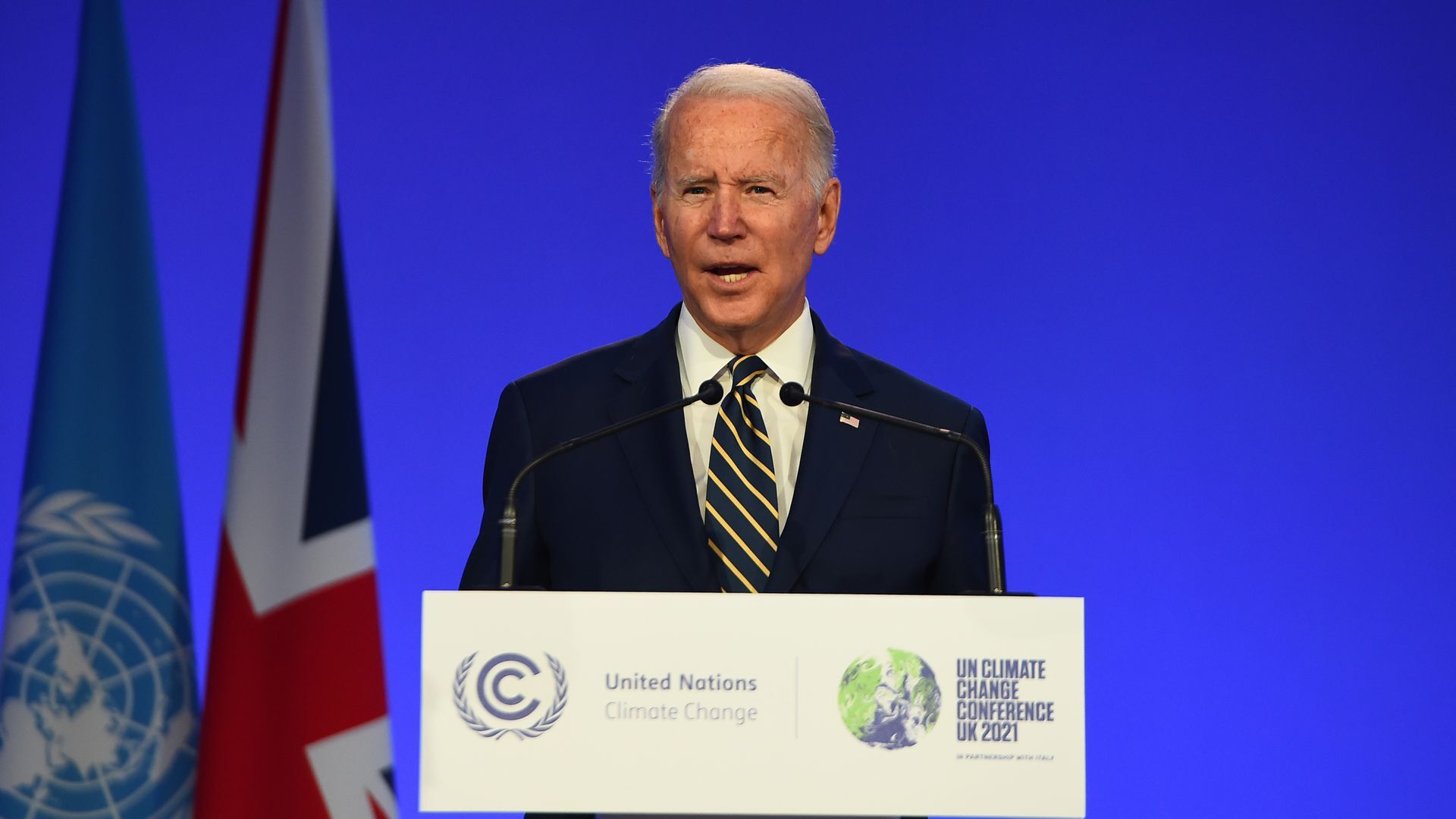At the 26th United Nations Climate Change Conference of the Parties (COP26), the United States announced the Environmental Protection Agency’s (EPA) guidelines that will crack down on oil and methane gas. Methane is the second-most important greenhouse gas and these new rules will form the centerpiece of the US approach towards fighting climate change. These proposed guidelines will cover new and existing infrastructure—including production, processing, storage, and transmission.
What is the goal of the guidelines?
The EPA hopes that the new guidelines and programs will reduce methane emissions by about 41 million tons, avoid 12 million tons of smog-forming pollution, and prevent 480,000 tons of air toxics all through the year 2035. In order to achieve this, the EPA will require states to reduce methane emissions coming from the hundreds of thousands of existing sources. Each state can implement a different plan, but it must include significant steps toward reaching the goal.
What are the guidelines?
The first proposal is the creation of a monitoring program, whose job is to find and repair methane leaks from well sites and compressor stations. These leaks are known as “fugitive emissions,” and the Environmental Defense Fund found that the leaks contributed to 2.3% of the country’s overall natural gas output in 2015. The monitoring program would cover 300,000 well sites across the country; this would also help prevent the loss of money due to fuel leaks.
The next guideline that the EPA proposed is the transition to zero-emitting technologies for pneumatic controllers. A pneumatic level controller works with a control valve to provide liquid level control in oil and gas production. Under this guideline, all new and existing pneumatic controllers at the different stages (production, processing, transmission, and storage facilities) will need to have zero methane and VOC emissions. Currently, almost 30% of all methane emissions from oil and gas systems come from the emissions released by the pneumatic controllers in each stage.
The third guideline is to eliminate the venting of associated gas from oil wells. According to the EPA, oil wells frequently produce natural gas as a byproduct. With no way to sell this gas, companies just vent it. In 2019, the associated gas from wells released 40,000 tons of methane into the atmosphere. The proposed guideline will require owners and operators of the oil wells to route the gas to a sale line instead of venting it.
Other guidelines include strengthening the requirements for storage tanks and broadening the type of pneumatic pump in order to further decrease the amount of methane released into the atmosphere that stems from the oil and gas supply chain.
Are these guidelines enough?
While these new guidelines proposed by the EPA are definitely a step in the right direction, it is still not enough to limit the damage climate change can cause. This proposal, presented by the US at the COP26, is only the United States’ action plan; there are 192 countries in the UN with their own plans of action. The countries that are the major contributors to greenhouse emissions have promised to reduce emissions by a certain percentage (each particular to that nation). However, even if all of these 192 countries follow through with their promise, the rise in temperature will be limited to 2.7 degrees Celsius by the end of the century, almost double what was agreed in the Paris Climate Accord.
There is still no clear consensus on how this rise in temperature will affect our future. The Joint Global Change Research Institute has created five models of what the future can look like depending on the course of action we take. Brian O’Neill says that in no prediction model will we reach an apocalyptic world, and we are currently not on the path of the worst prediction model.
Nonetheless, it is clear that action needs to be taken, maybe even more drastic than the new EPA rules, to fight climate change.

Be First to Comment